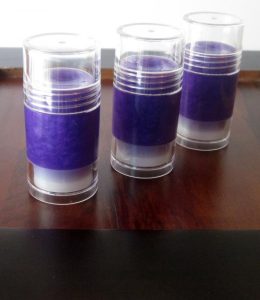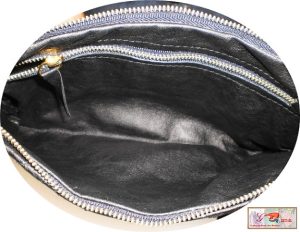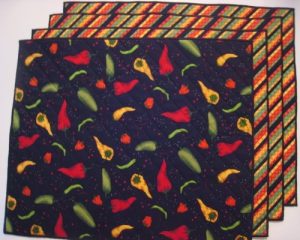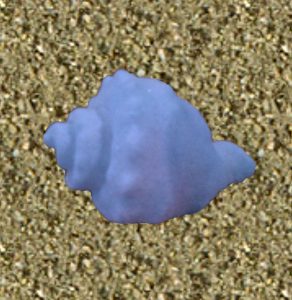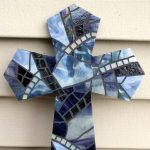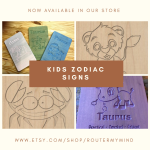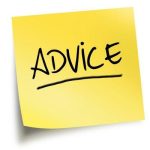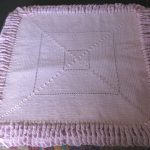By Anna Cragin
What Should You Have on Your Website to Make it Worth Having?
If you missed Part 1 of this extremely important series….start HERE to catch up!
In this next section, I’m going to break down first the pages you definitely want to have, and then the specific elements that are most important. Please note that this is not an exhaustive list. Because every business is different, you may have other ideas to add to this list. But this breakdown is the absolute minimum. If you don’t have these in place, then really a standalone website is not worth having.
The Basic Pages You Should Have on Your Website
An About Page
What it is: A page where you talk about yourself and your website.
Why have it: The main purpose is to build rapport with your audience. You can use this page to show your visitors that you are a real person.
How to rock it: Make sure that your about page is less about you and more about your audience. How can you and your website help them? What problems do you solve for your target customer?
About Your Work Page
What it is: A page describing what it is that you do, aka your product.
Why have it: If you’re a product based business, then you have a physical item or good that you are selling (most handmade businesses are productbased businesses). You can use this page to showcase what is special about your work.
How to rock it: Tell your visitors what is unique about your work. Tell the story of how your items are made, using lots of in progress and behind the scenes shots (think: you working in your studio, what the raw materials look like, or even how you source your materials).
Content page
What it is: A page (usually made up of links to other pages) that provides information, education, or entertainment to your audience.
Why have it: You want your website to seem like a “giving” website. Your main task is to build relationships. The best way to build those relationships is to provide valuable solutions to the problems of your target audience.
How to rock it: You can write blog articles, create videos, post interesting photos, record audio podcasts, or even create music. Think about your target market and what they like to consume. Above all, focus on providing real value to them.
Gallery Page
What it is: A showcase of your best work.
Why have it: This is the page that best represents what you do. Your goal with this page is helping your visitors decide whether or not they vibe with your style.
How to rock it: Good quality photos are KEY here. You want to present what you do best in the best light possible. There are many ways to layout your gallery page, so get creative with captions, descriptions, or interactive elements, whatever suits your style best.
Shop Page
What it is: A page (or a link to an external page) where visitors can purchase your items.
Why have it: Real simple and obvious reason: you want to collect their money in exchange for your products!!
How to rock it: Make sure that prices are displayed prominently, the photos are stellar quality, and the descriptions are informative, entertaining, and on brand.
Terms of Service and Privacy Policy
What it is: A page (or set of pages) that lays out how you are collecting information from your visitors, how you’re using that information, and what the visitors’ code of conduct is for your website.
Why have it: In the simplest terms, to cover your butt. Even if you’re not accepting payments on your website or collecting email addresses, if you’re using any kind of analytics or advertising or even cookies, you need to disclose this to your visitors. If you don’t have these policies on your website, you’re opening up yourself and your business to potential lawsuits.
How to rock it: The best way is to consult a lawyer, but if that’s out of your budget, there are many places online where you can get templates for these pages by answering several questions about your website. I list some options in the free GamePlan Checklist at the bottom of this post.
What Elements Should You Have on Your Website?
Now that you have your basic pages, this section will deal with the important elements that you should have on those pages and elsewhere on your website (like the sidebar, header, footer, and so on).
Opt In Forms
This is just a fancy way to call those forms that collect people’s name and email address. Remember how we talked about your email list as being the most important thing in your business? Then collecting emails is the #1 goal of your website.
The key with getting people to actually use these forms is to offer exclusive content in exchange for their email address. “Updates and News” no longer cuts it. Make sure you have something extra special for your subscribers, and advertise exactly what it is that they will get for signing up.
Where to have them: At the bottom of every blog post or piece of content, in your sidebar, and sometimes if the design of the website allows it, in the footer.
Contact Information
Make sure that you have your email address (a business email address, preferably) where visitors can get in touch with you. Plug your social media networks that you are active on. A lot of networks will allow you to create widgets for your website that will show visitors a preview of the content you post on your feed, which can entice them further to check you out and connect with you on social media.
Where to have it: Usually, social media icons can go in the header or top sidebar of your website. Contact information can be listed on the “Contact” page.
Social Sharing Buttons
Speaking of social media… to really leverage its power, you should have sharing buttons underneath your blog posts or other content you create. Make it easy for your visitors to spread the word about your stuff!!
Where to have them: Underneath each piece of content you put on your website.
Calls to Action
Calls to Action, or “CTAs”, are SPECIFIC things that you want your visitors to do next. Think of some ways that you want your audience to connect with you: watch a video, share your article, write a comment, download a freebie (in exchange for their email address, of course), reply to your email, write a review or testimonial, or purchase an item from your store.
The best way to get your audience and visitors to do those things is to simply and very clearly ask them!! Using CTAs, you can control how a visitor moves through and interacts with your website. Basically, you want them to interact with you as much as possible!! So don’t be shy when giving folks the “next step” that they can take.
Where to have them: On every page, inside of every blog post or piece of content you create, and on any
piece of communication (email, social media post/update) you send out.
The Best Photos (or Videos) Ever
You have a product based business, which means that your photos and imagery are SUPER important. Because unlike a brick and mortar store, your website visitors can’t touch or examine the items you sell in person.
Writing descriptions helps, but most people, especially these days, are highly visual. You must have excellent photos on your website to attract and keep their attention. Better yet, film some videos of your products in action!!
Where to have them: Everywhere!! But especially on your “About” pages, your shop page, and any time that you talk about your products in your content pieces.

About the Author
Anna Cragin is passionate about helping handmade business owners rock their online
presence. She writes about websites, online stores, social media, email outreach, and how to
juggle all the tasks that are required to run a small business. She’s on a mission to inspire and
educate crafty folks to run amazing businesses, and to that end, she has created this Strategic
Website Game Plan that you can download for FREE



